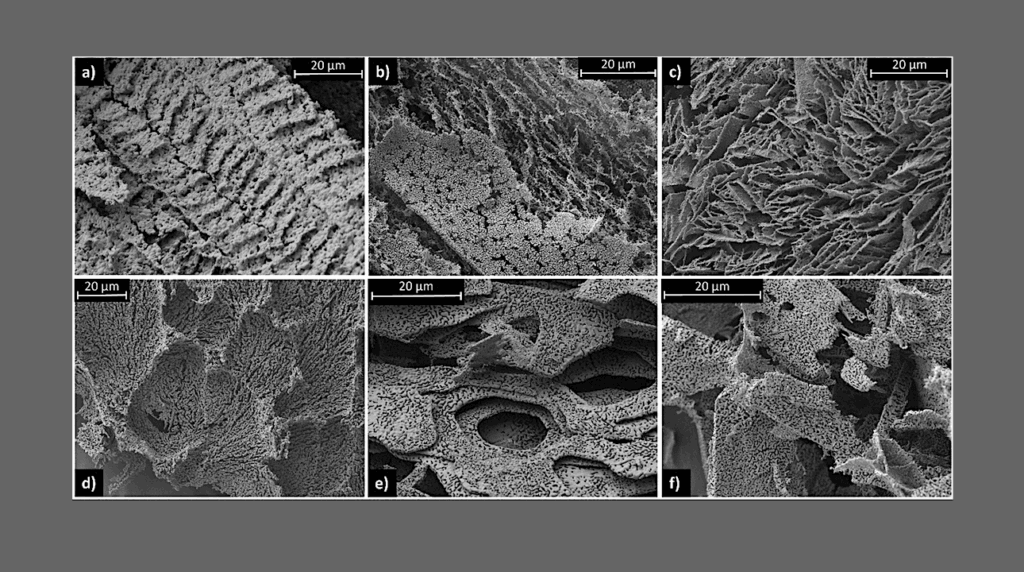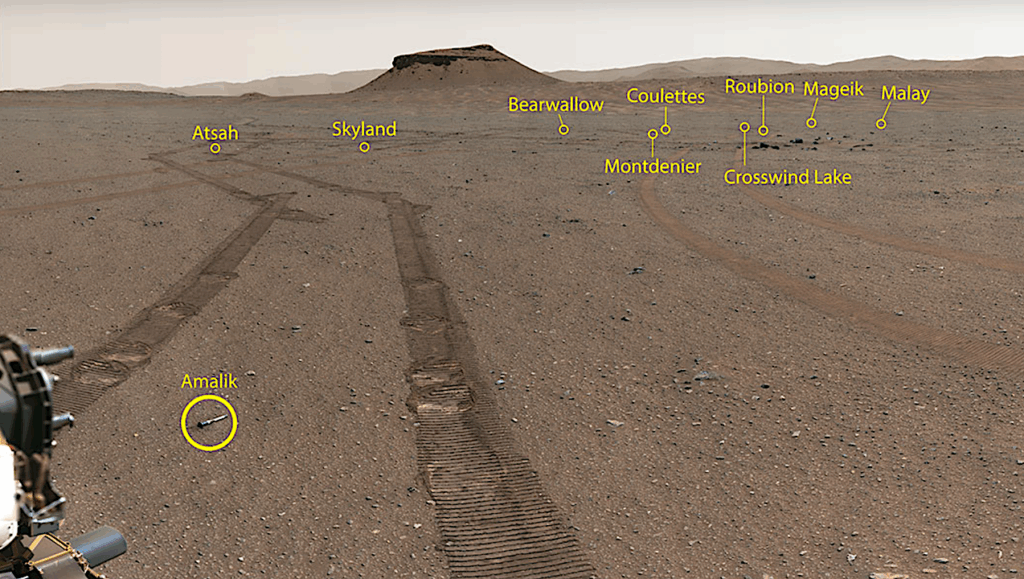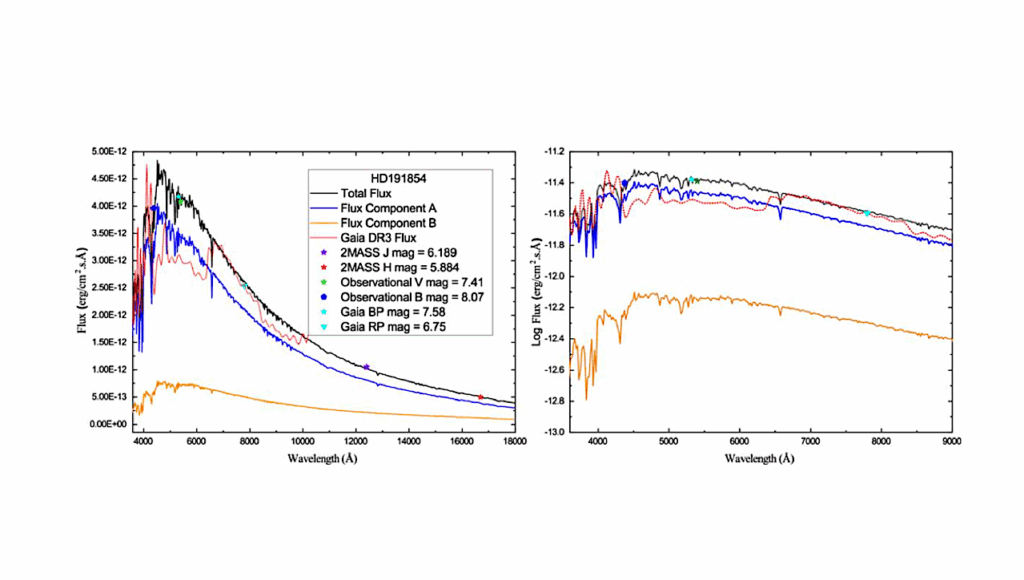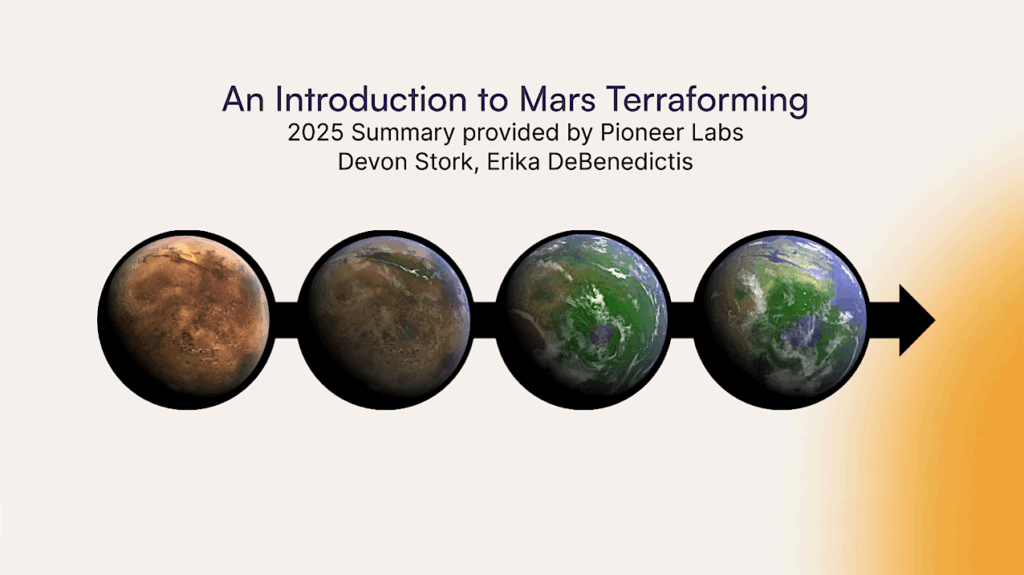Mass Transport In A Moist Planetary Climate Model

Planetary Climate Models (PCMs) are developed to explore planetary climates other than the Earth. Therefore, the methods implemented need to be suitable for a large diversity of conditions. Every planet with a significant atmosphere has condensible cycles (e.g., hydrological cycle), which can play an essential role in the planet’s appearance and environment.
We must accurately represent a condensible cycle in our planet simulations to build a powerful planetary climate predictor. OASIS is a 3D PCM capable of self-consistently representing the main physical processes that drive a planet’s environment.
In this work, we improve the representation of mass transport in OASIS, which is the first step towards a complete and flexible implementation of a condensible cycle. We implement an upwind-biased scheme on a piece-wise linear approximation with a flux-limiter to solve the mass transport equation.
We first benchmark the new scheme on a 2D problem that confirms the superior properties of the new method over the central finite-volume method in terms of performance, accuracy and shape-preserving mass distribution. Due to the new scheme’s less dispersive nature, we do not have to apply any unphysical diffusion to maintain the model stable. OASIS includes the new improved solver in the total mass and the tracers (e.g., clouds/hazes and individual gas chemical species) transport. We couple the new formulation with physical schemes and validate the new code on two 3D simulations of an ocean Earth-like planet and an ocean tidally-locked planet.
The new OASIS simulations are robust and do not show any known problems from the dynamics-physics coupling. We show that the two simulations capture the main characteristics of ocean planet atmospheres and are easy to set up. We propose these two simulations to be the first standard benchmark tests for models built to explore moist planetary environments.
João M. Mendonça
Comments: Accepted for publication in A&A
Subjects: Earth and Planetary Astrophysics (astro-ph.EP)
Cite as: arXiv:2110.03719 [astro-ph.EP] (or arXiv:2110.03719v1 [astro-ph.EP] for this version)
Submission history
From: Joao Mendonca Dr.
[v1] Thu, 7 Oct 2021 18:15:21 UTC (5,099 KB)
https://arxiv.org/abs/2110.03719
Astrobiology,








